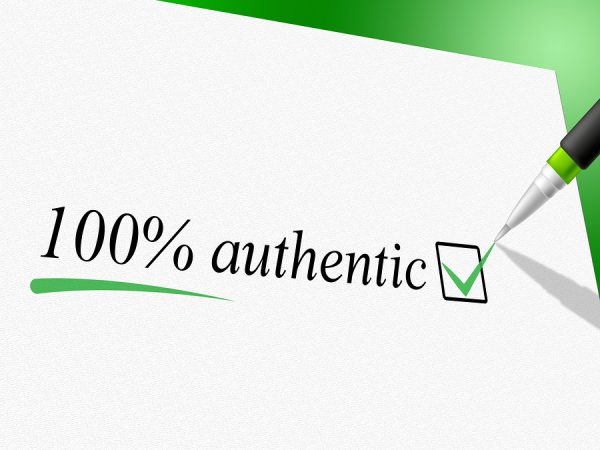From what I see in most companies, employees at all organizational levels seek meaning and fulfillment at work. And most are willing to work hard for authentic, trustworthy leaders.
Authenticity has become the gold standard for leadership. But a simplistic understanding of what it means can hinder your growth and limit your impact. ~ Herminia Ibarra, “The Authenticity Paradox,” Harvard Business Review, January 2015
People are neither easily fooled nor quick to offer their loyalty, which explains why inauthentic leaders struggle to hire and retain exceptional staffers. Unmotivated direct reports often “phone it in” each day.
From the work I do coaching people at work, I hear about the lack of authentic leaders and managers everywhere. And I see how much inauthenticity contributes to the disengagement of employees. In fact, it’s a great relief and pleasure when I do encounter authentic bosses who really make a difference.
Authentic leaders master three key skills:
- They have a clear vision for where they want to go.
- They formulate sound strategies to get there.
- They find ways to inspire others to join them.
To join this elite club, leaders must align people around a common purpose and a shared set of values. In order for people perform at peak levels, leaders have to communicate precisely what’s expected of them, and why it’s important.
To become a more authentic leader, it helps to be fluent in more than one leadership style (i.e., authoritative, democratic, collaborative or coaching), flexibly applying the most appropriate one as situations dictate. No style will be effective, however, if you’re inauthentic.
There’s no shortage of authenticity training for executives. Since 2008, the number of articles on this topic has almost doubled in the business press, including The Wall Street Journal, Forbes, The Economist and the Harvard Business Review.
While virtually every leader has a sense of what “authenticity” means, few know how to develop it as a skill. To complicate matters, being authentic in today’s rapidly evolving global marketplace has its share of challenges. As Ibarra points out in her HBR article:
In my research on leadership transitions, I have observed that career advances require all of us to move way beyond our comfort zones. At the same time, however, they trigger a strong countervailing impulse to protect our identities: When we are unsure of ourselves or our ability to perform well or measure up in a new setting, we often retreat to familiar behaviors and styles…
The moments that most challenge our sense of self are the ones that can teach us the most about leading effectively. By viewing ourselves as works in progress and evolving our professional identities through trial and error, we can develop a personal style that feels right to us and suits our organizations’ changing needs.
Do you work for an authentic leader? Do you have a clear definition of what makes a leader authentic? I’d love to hear from you. You can contact me here or on LinkedIn.

Did You Enjoy This Article?
Join thousands of other smart business owners like yourself & get our Proffittable Times newsletter.
It's filled with actionable content you can apply immediately.
Sign up now to get started!
– Coach Nancy










